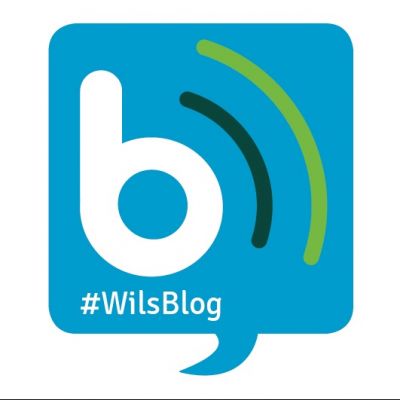
Wil's Blog
Friday 17th November 2023
Last week, I had the pleasure of attending the Global Heart Hub Unite Summit in Barcelona. The Summit brought together patient organisations, patient advocates, clinicians, industry representatives and key opinion leaders from across the cardiovascular space - uniting to share ideas and strategies to deliver early detection and timely diagnosis of cardiovascular disease.
Global Heart Hub is a coalition of cardiovascular patient organisations whose mission is to create and unite a global cardiovascular patient community to advocate for the best possible outcomes for people with heart disease. I had the privilege of chairing the Valve Council, where together with other Council members we have designed and delivered reports on healthy ageing and optimal pathways and oversaw the launch of our International Heart Valve Disease Awareness Week. Year after year Global Heart Hub’s reach and influence grow, and Heart Valve Voice is a proud member of this incredible community.
The Summit felt like a celebration of the Global Heart Hub’s journey to where it is now, and it was inspiring to be surrounded by so many other people working every day to improve the detection, diagnosis and treatment of heart disease.
But it was also about how we can, and need to, do more. In his keynote address at Unite Summit, Professor David Woods laid out the importance of our work in improving the detection of heart disease. Professor Woods noted that around half of all people presenting with a cardiovascular event die within 30 days - the brutal reality of how serious cardiovascular disease is.
Throughout the event, we looked at different ways of delivering early detection, with a lot said about promoting awareness of valve disease, but crucially about how we promote awareness and what the key takeaways are from our message. For me, awareness for awareness’ sake doesn’t go far enough. It needs to be an accurate, inclusive message that will educate and inform, with a clear action to take. Awareness campaigns need to be the start of a journey for people where they join a narrative to change their lives and the lives of others.
We also looked at how technology is going to play a central role in the future of cardiovascular disease. For heart valve disease, digital technology is already transforming the capabilities to detect the disease. But technology offers more than better accuracy and greater speed, it also has the potential to transform the workforce and broaden the opportunities patients get to have their heart listened to.
But with all this, the key question is how do we influence policymakers to affect the change that is needed? At the Summit, we discussed this in two components - the Message and the Messenger. Affecting change starts with the message, and being a part of Summits like this strengthens our collective voice behind a single message. Then we need to look at Messenger and how we harness a strong patient voice to influence change. During the discussion, I was reminded of something said by a senior Cardiologist at our recent Evidence Roundtable. They said, “More needs to be done to tell policymakers the scale of the problem and the amount of deaths inaction has already resulted in - because I’m not sure they truly know.” At summits like this, we’re able to unite behind a central message, and together we strengthen our position as the messengers to tell policymakers that we have to do more.
Now, all those involved with the Summit are uniting to develop the first patient-led global Manifesto calling for action on early detection and timely diagnosis of cardiovascular disease. A manifesto built by the patient voice and our shared experiences, and one that harnesses our collective ambitions to affect change and improve the lives of heart patients.

